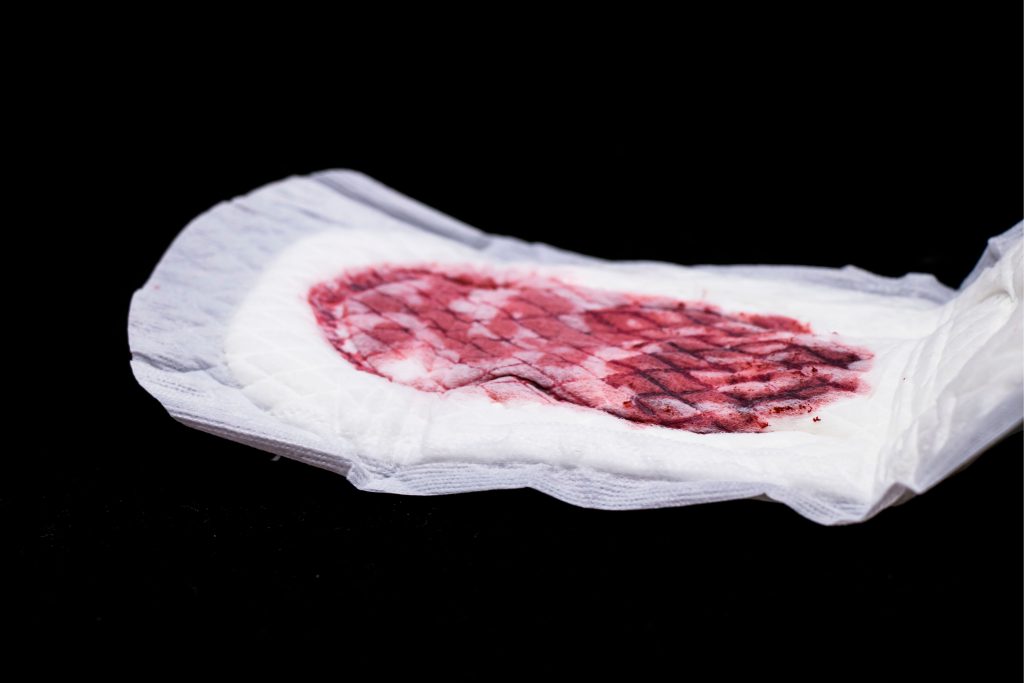A blank answer is what I usually get when I ask women who report to my consulting room with complaint of vaginal discharge is if they know that every woman has a normal vaginal discharge.
Most women do not know that a healthy vagina should be discharging a certain amount of fluid every day. Every woman from puberty has a normal or healthy vaginal discharge but there are variations in the amount, consistency and colour of the discharges. These variations are dependent on the monthly menstrual cycle of the woman. Lactobacilli are a group of ‘’good’’ bacteria which naturally lives in the vagina. Their main function is to produce lactic acid which keeps the pH of the vagina in the normal range which is 3.5- 4.5.
Have you been wondering why I am using the term normal or healthy vaginal discharge? This is because the vagina naturally produces fluids from the vaginal walls, cervix and this together with the lactobacilli are called the normal vaginal discharge. This discharge naturally cleanses the vagina from any dirt that might have entered hence the term ‘’vagina is self-cleansing’’.

Please remember that every healthy vaginal discharge has a particular scent depending on a lot of factors such as the foods eaten (spicy foods like garlic), medications (women going through chemotherapy), menstrual blood (of course blood has its own scent) semen (fluid from the man’s penis after ejaculation gives off a scent after mixing with the vaginal fluid) and others. A healthy vaginal discharge doesn’t have a strong smell or colour; it doesn’t come with any other symptoms such as burning sensation when passing urine or soreness of the vagina.
I usually encourage all women to know the normal colour of their vaginal discharge as well as the scent, so that should there be any abnormalities they will be able to tell and then consult some health personnel for treatment.
Having said that, I want you to recognise the different types of vaginal discharges so that you can make an informed decision if you are concerned about or observe any changes to your vaginal discharge.
Clear and watery vaginal discharge
This type of discharge is perfectly normal. Though it can occur at any time of the month, it usually increases in breastfeeding mothers, when a woman is sexually aroused and during ovulation. When a woman is ovulating, the discharge becomes very watery and stretchy which makes it possible for sperm to swim to the egg for fertilization.
Thick, White vaginal Discharge
In Ghana, this discharge has been simply named as ‘’white’’ because of its appearance. It looks like cottage cheese in consistency sometimes and it’s usually accompanied by other symptoms like itching, soreness of the vulva and might have an odor. These are signs of a yeast infection which is popularly known as candidiasis. Since it’s a fungal infection, it can be treated with over the counter antifungal medications which can be in the form of tablets, cream and pessaries.
Yellow or Green Vaginal Discharge

This vaginal discharge is most often not reported because of the shame or stigma attached to it. This is because yellow and green vaginal discharge is connected to sexually transmitted diseases such as gonorrhoea and trichomoniasis respectivelly. Most of the women who have such vaginal discharges would rather try any over the counter medications instead of reporting to the hospital. In my consulting room, I’ve encountered women using different types of herbal medications to treat these discharges; some drink them, others insert them. I once treated a woman who thought her discharges were actually due to a spiritual marriage so instead of treating it, she was moving from one church to the other.It is important to be informed and to normalize reaching out to your health practitioners for help.
These discharges usually have other accompanying symptoms like lower abdominal pain, offensive vaginal discharge odour, intermenstrual bleeding and pain on passing urine.
Please note that when treating any type of sexually transmitted infection, your sexual partner must be treated as well using medications like antibiotics because you can be re-infected from the same person should you have a sexual intercourse post.
Pink vaginal Discharge
A couple of days ago, a woman inboxed me about her symptoms – she usually has these small pinkish coloured bleeds 2 to 3 days before her menstrual periods start. She was surprised when I told her that I also have similar discharges a day before my periods start. Yes, I do and that it is totally normal. Seeing this pink vaginal discharge when pregnant can also be normal and it’s called implantation bleeding though I would recommend you to see a doctor to rule out any pregnancy complications. And guess what? you can have these discharges after sex. Yep !! why? Because during sexual intercourse the penis can cause small tears in the membranes lining the vagina causing them to bleed a little and the blood together with the normal vaginal discharge and semen will produce that pink vaginal discharge. No medications are needed in such scenarios because the discharge will usually resolve unaided.
Red vaginal Discharge

Menstruation !! menstruation!! Menstruation!! Yes, the first thing that pops in my head as a medical doctor if you tell me you saw a red vaginal discharge on your panty is menstruation. This is totally normal and is expected every month.
However, if you are pregnant and you see such a discharge then you need to see a doctor as soon as possible because it can be an abortion or miscarriage.
But if you are in your menopausal age and not pregnant then endometrial cancer amongst others might be a possible diagnosis for you if you see such a discharge and I would recommend you see a doctor now!
Brown vaginal Discharge
If you haven’t seen this discharge before and you are a woman who is in her fertile age, then with all things being equal, you aren’t observant because this discharge usually comes a day after your menstrual period
Grey vaginal Discharge

Bacterial vaginosis is one of the commonest non-sexually transmitted infections I see in my consulting room weekly. The women are usually very embarrassed to report because this vaginal discharge comes with a fishy smell. Other symptoms accompanying it are itching and soreness of the vulva. Dear ladies, there is no need to stay away from the hospital because of this, it can be easily treated with antibiotics.
In our next article, we will discuss vaginal odours, stay tuned!





